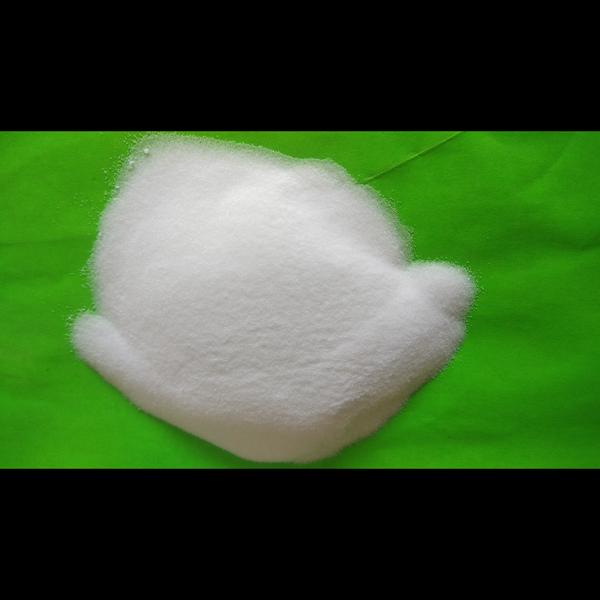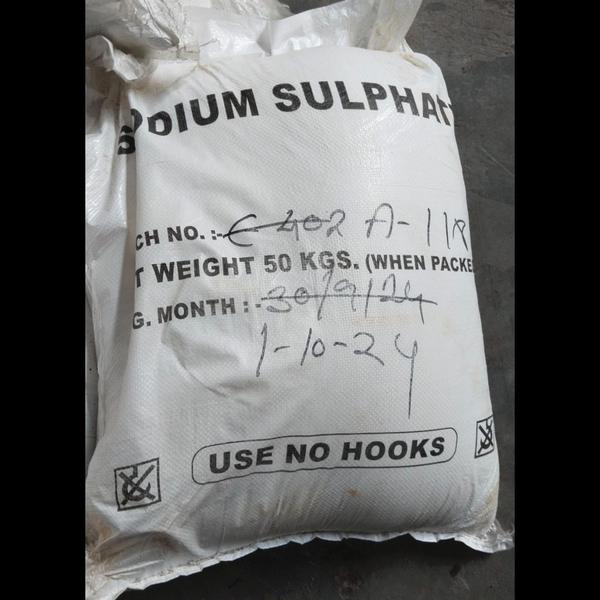Sodium Lauryl Sulphate (SLS) – Detailed Properties
🔹 1. Basic Identification
Property Details
Chemical Name Sodium Lauryl Sulphate (SLS)
IUPAC Name Sodium dodecyl sulfate
Chemical Formula C₁₂H₂₅SO₄Na
CAS Number 151-21-3
Molar Mass 288.38 g/mol
🔹 2. Physical Properties
Property Description
Appearance White or off-white powder, flakes, or viscous liquid
Odor Mild soapy or fatty odor
State Solid (at room temperature) or as a 20–30% aqueous solution
Density ~1.01 g/cm³ (25°C, solution)
Melting Point 204–207°C (decomposes)
Boiling Point Decomposes before boiling
Solubility in Water Freely soluble, forms foamy solution
Solubility in Alcohols Slightly soluble in ethanol and methanol
pH (1% solution) Around 7.0–9.5 (slightly basic)
Critical Micelle Concentration (CMC) 8.2 mM at 25°C
🔹 3. Chemical Properties
Property Description
Surfactant Type Anionic (negatively charged)
Reactivity Reacts with strong acids and oxidizing agents
Surface Tension Reduction Excellent at reducing surface tension (~37–40 mN/m)
Micelle Formation Forms micelles in water, effective emulsifier and detergent
Foaming High-foaming agent, even in hard water
Biodegradability Biodegradable under aerobic conditions
🔹 4. Functional Characteristics
Function Role
Detergent Removes oily and greasy stains
Emulsifier Allows mixing of oil and water phases
Foaming Agent Provides rich lather in personal care products
Dispersing Agent Keeps particles suspended in solutions
Penetrant Enhances wetting and penetration into surfaces or tissues
🔹 5. Industrial & Consumer Applications
Industry Application
Personal Care Toothpaste, shampoos, soaps, face washes, shaving creams
Cosmetics Makeup removers, liquid cleansers
Cleaning Products Dishwashing liquids, laundry detergents, floor cleaners
Pharmaceuticals Tablet disintegration, enemas, topical medications
Laboratory Use SDS-PAGE (protein separation by electrophoresis), DNA extraction
Textiles and Leather Wetting agent and degreaser
Agriculture Surfactant in pesticide formulations
🔹 Biological & Toxicological Profile
Aspect Description
Toxicity Low systemic toxicity, but can cause local irritation
Skin Irritation High concentrations can irritate skin and eyes
Inhalation Risk Inhalation of powder/dust may irritate respiratory tract
Ingestion In small amounts – low toxicity; in larger quantities – can cause nausea and vomiting
Allergenicity Non-allergenic for most, but may aggravate sensitive skin in some users
🔹 Environmental Impact
Property Description
Biodegradability Readily biodegradable under aerobic conditions
Aquatic Toxicity Moderate; large releases can affect aquatic organisms
Persistence Low (breaks down in wastewater treatment systems)
🔹 Storage and Handling
Guidelines Notes
Storage Conditions Keep in a cool, dry, well-ventilated area; avoid moisture exposure
Handling Precautions Use gloves, goggles; avoid dust inhalation
Stability Stable under normal storage conditions; avoid strong oxidizers/acids
🔹 Regulatory & Safety Standards
Parameter Value
FDA Status Approved for limited use in dental care and topical products
EU Regulations Permitted with concentration restrictions
INCI Name (Cosmetics) Sodium Lauryl Sulfate
EINECS/EC No. 205-788-1
✅ Summary Table
Attribute Description
Chemical Formula C₁₂H₂₅SO₄Na
Use Type Surfactant (detergent, foaming agent)
Forms Available Powder, flakes, liquid solution
Used In Soaps, shampoos, lab buffers (SDS-PAGE), detergents
Safety Irritant to eyes/skin; safe in diluted cosmetic/pharma use
Keywords
Laboratory applications of Sodium Lauryl Sulphate in SDS-PAGE
Toxicology and safety standards for Sodium Lauryl Sulphate
Biodegradability and environmental impact of SLS
Industrial use of Sodium Lauryl Sulphate in detergents
Surfactant properties of SLS in personal care products
Chemical formula of Sodium Lauryl Sulphate
Sodium Lauryl Sulphate properties and applications



